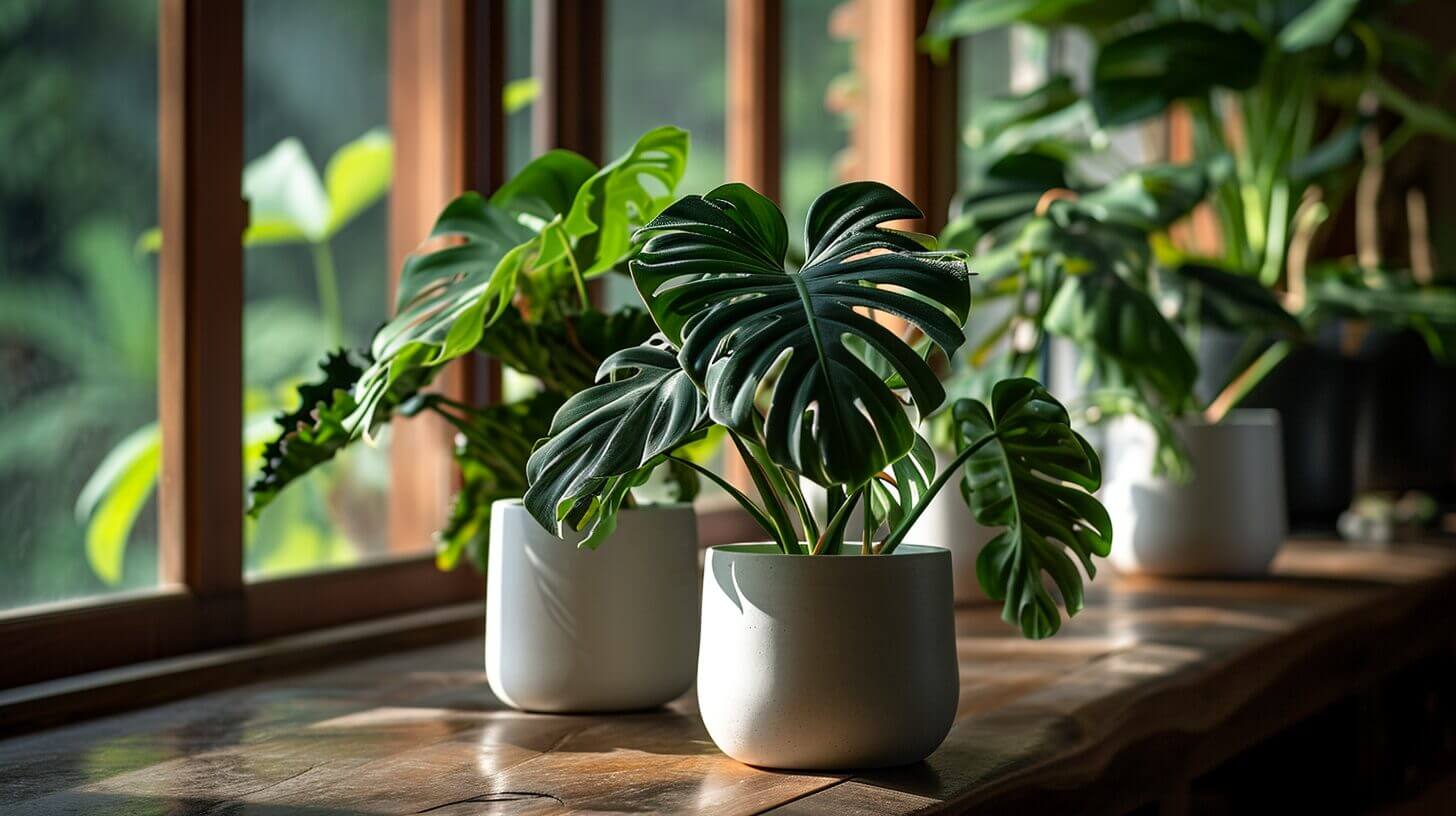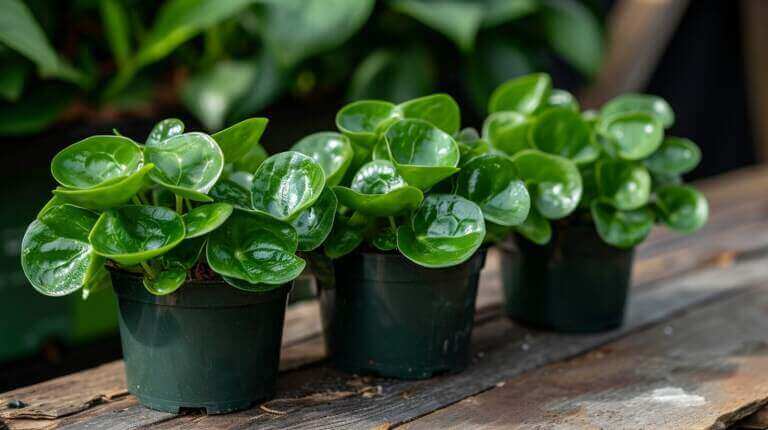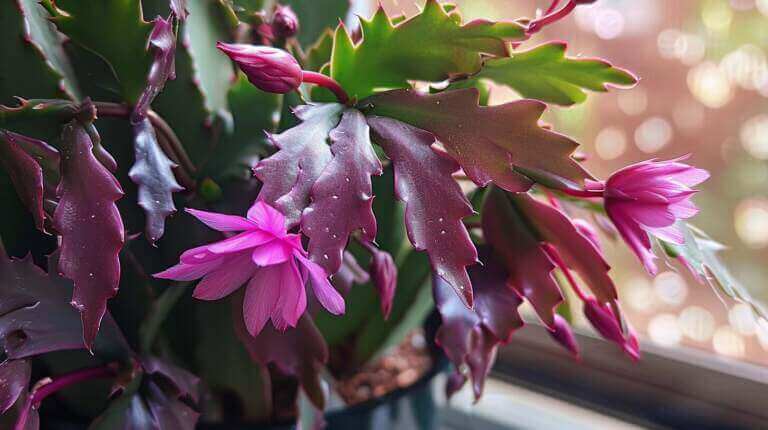How to Propagate Split Leaf Philodendron: A Step-by-Step Guide for Beginners
Are you a beginner plant enthusiast looking to expand your collection? Have you considered propagating a philodendron?
In this step-by-step guide, we will provide you with the necessary tools and knowledge to successfully propagate a philodendron plant.
From gathering materials to caring for your new plants, this informative article is tailored to beginners, offering detailed instructions and a beginner-friendly approach.
Get ready to embark on your journey to propagate and nurture beautiful philodendron plants.
Key Takeaways
- Choose well-draining potting soil rich in organic matter
- Examine leaves for signs of disease or pests
- Consider water propagation or soil propagation
- Establish a regular watering schedule to avoid overwatering and root rot
Gathering the Necessary Materials
To begin the process of propagating a split-leaf philodendron, it is essential to gather all the necessary materials.
Materials Needed to Propagate Split Leaf Philodendron:
- Mature, healthy philodendron plant to take cuttings from
- Sharp, clean gardening shears or knife
- Cutting board or clean surface
- Small containers or jars for cuttings
- Well-draining potting mix
- Rooting hormone (optional)
- Clean water
- Plastic bags or plastic wrap
- Plant labels
- Spray bottle
- Bright, indirect light source
To successfully propagate a split leaf philodendron, start with a mature, established plant showing vigorous growth. Use sharp, clean shears or a knife to take 4-6 inch stem tip cuttings. Have small containers filled with potting mix ready. Dip cut ends in rooting hormone if desired. Place cuttings in mix, water well and cover. Provide bright indirect light. Keep mix moist until new growth emerges. Labels help track cuttings.
Having the right materials and following proper sanitary practices is key for propagating split leaf philodendrons from stem cuttings. Preparation and the right environment helps ensure success.
Next, finding the ideal location for propagation is crucial. Philodendrons prefer bright, indirect light, so choose a spot where they can receive ample sunlight without being exposed to direct rays. A north or east-facing window is often a suitable location. Additionally, make sure the area has consistent temperature and humidity levels to promote healthy growth.
Preparing the Parent Plant for Propagation
Before proceeding with propagation, it is important to assess the health and condition of the parent plant. This step ensures that you are working with a strong and viable plant that will produce healthy offspring. Start by examining the leaves for any signs of disease or pests. Trim away any dead or yellowing leaves using pruning techniques such as clean cuts at a 45-degree angle. Next, prepare the soil by ensuring it is well-draining and rich in nutrients. A recommended soil mix for Philodendrons is a combination of peat moss, perlite, and potting soil.
Here are some tips for preparing a split leaf philodendron parent plant to take cuttings for propagation:
- Select a mature, healthy philodendron that is actively growing. Avoid taking cuttings from stressed or diseased plants.
- Give the plant bright, indirect light and regular water 1-2 weeks before taking cuttings. This encourages new growth.
- Fertilize lightly with a balanced houseplant fertilizer to nurture the plant before propagation.
- Prune the plant by cutting back leggy vines. This encourages branching and new stem growth, providing cutting material.
- Sterilize your pruning shears, knives, and work area with rubbing alcohol to prevent disease transmission.
- Choose 4-6 inch stem tips or side shoots that are semi-hardened. Soft new growth may rot. Old wood is slow to root.
- Avoid taking too many cuttings at once. Leave several nodes on each stem and limit to 6 cuttings.
- Take cuttings in the morning for maximum sap flow and energy reserves.
This will provide the ideal growing environment for the parent plant and its offspring. Once the parent plant is healthy and the soil is ready, you can proceed to choose the right propagation method.
| Pruning Techniques | Soil Preparation |
|---|---|
| Trim away diseased or dead leaves | Use a well-draining soil mix |
| Cut at a 45-degree angle for clean cuts | Incorporate peat moss, perlite, and potting soil |
| Dispose of pruned leaves properly | Ensure the soil is rich in nutrients |
Preparing the parent plant helps provide the healthiest, most vigorous cuttings for successful propagation. Give it proper care prior and be selective when taking cuttings. Sterilize equipment to prevent spreading diseases.
Choosing the Right Propagation Method
Once you have assessed the health and condition of the parent plant, you can now proceed to determine the most suitable propagation method. There are 4 main methods to choose from.
Here are some tips on choosing the right propagation method for split leaf philodendrons:
- Stem cuttings – Taking 4-6 inch tip cuttings from healthy stems is the easiest and most common way to propagate split leaf philodendrons. Provides identical new plants quickly.
- Leaf cuttings – Smaller sections of leaves containing the nodes/petioles can also be propagated in water or potting mix. This is slower but viable.
- Air layering – Wounding a stem and wrapping in sphagnum moss until roots form, then detaching, is also effective. Retains some maturity.
- Division – Mature plants can be divided at the root ball, separating rooted offshouts into individual plants. Disrupts mother plant more.
For home propagation, stem cuttings are the easiest and fastest method to multiply split leaf philodendrons. Leaf cuttings, air layers, and division can also work well. Seeds and tissue culture are more complex. Choose a method that fits your needs and environment. Proper preparation still key for success.
Propagating the Philodendron Cuttings
During the propagation process, it is crucial to carefully handle and prepare the philodendron cuttings with the utmost precision and attention to detail. To ensure successful propagation, there are various propagating techniques to consider.
One popular method is using stem cuttings. Start by selecting a healthy stem with at least two nodes. Make a clean, diagonal cut just below a node using a sharp, sterilized knife or scissors. Remove any lower leaves near the cut, leaving only a few at the top. It is important to allow the cuttings to callous over for a few hours before planting them in a well-draining potting mix.
Keep the soil moist but not waterlogged, and place the cuttings in a warm, bright area with indirect sunlight. Common issues during propagation include rotting stems due to overwatering or poor drainage, or the cuttings failing to root. Troubleshooting these issues involves adjusting watering frequency, improving soil drainage, and maintaining the right humidity levels.
Materials Needed:
- Healthy mature philodendron plant
- Clean, sharp shears or knife
- Small containers with drainage holes
- Well-draining potting mix
- Rooting hormone (optional)
- Plastic bags
Here are step-by-step instructions for propagating split leaf philodendron from stem cuttings:
- Select a mature philodendron with healthy growth and glossy leaves. Use sharp shears or knife to take 4-6 inch tip cuttings from stems.
- Optional – Dip the cut end of each cutting in rooting hormone powder to encourage root growth. Tap off excess.
- Fill small containers with potting mix, leaving 1 inch at top. Create a hole and insert the philodendron cutting. Firm mix gently around stem.
- Water thoroughly until water drains from the container’s drainage holes. Allow excess to drain fully.
- Cover the container with a plastic bag to create a greenhouse environment. Seal loosely.
- Provide bright, indirect light. Avoid direct hot sun. Maintain warmth – around 70°F is ideal.
- Check soil moisture often, water when top inch becomes dry. Don’t oversaturate.
- New growth will emerge in 4-8 weeks as roots establish. Acclimate plant to lower humidity before fully removing bag.
- Transplant into a larger pot with fresh potting mix once well rooted. Provide support as needed.
Caring for Your New Philodendron Plants
After successfully propagating your philodendron plants, it is essential to provide them with proper care and maintenance to ensure their healthy growth and longevity.
Here are some tips for caring for newly propagated split leaf philodendron plants:
- Light – Provide bright, indirect light. Some early morning or late day sun is tolerated. Keep out of direct midday sun.
- Water – Allow soil to partially dry out between waterings. Check with your finger. Water thoroughly until it drains from holes in bottom, then discard excess water.
- Humidity – Ideal levels are 40-60%. Use a pebble tray, mist leaves, or use a humidifier to supplement humidity.
- Temperature – Split leaf philodendrons grow best with indoor temperatures of 65-80°F during the day and around 60°F at night.
- Soil – Use a well-draining potting mix. Add peat moss or compost to help retain some moisture. Good drainage is vital.
- Fertilizer – Feed with a diluted liquid fertilizer every 2-4 weeks in the growing season. Reduce fertilizing in winter.
- Support – Use plant stakes or moss poles if stems become leggy or need support. Gently tie stems in place.
- Pruning – Snip off any dead, damaged, or unsightly growth as needed to maintain an attractive appearance.
- Pests – Check for common pests like spider mites, mealybugs, and scale. Isolate and treat any infestations promptly.
Frequently Asked Questions
What is a split-leaf philodendron?
A split-leaf philodendron, often confused with monstera deliciosa, is a popular houseplant known for its large, tropical plant leaves with distinct splits.
How do you care for a split leaf philodendron?
To care for a split leaf philodendron, ensure it gets plenty of indirect light. Water it when the top inch of soil is dry, but be careful not to give it too much water.
What is the best method to propagate a split-leaf philodendron?
The best method to propagate a split-leaf philodendron is via stem cuttings. Cut the stem just below a leaf node and place the cut end of the stem in water. Change the water every week until roots grow.
How do you prune a split leaf philodendron?
Prune your split leaf philodendron by cutting off yellowing leaves or unwanted growth at the base of the stem with a clean pair of scissors.
How do you propagate split leaf philodendron via air layering?
Air layering involves making a cut in a healthy stem, then wrapping it with moist moss. Cover this with plastic and once new roots grow from the cut area, the stem can be cut off and planted.
What type of moss is best for propagating split leaf philodendron?
Peat moss is often used when propagating split leaf philodendrons as it retains moisture and air which helps the new roots to grow.
Is Propagating Split Leaf Philodendron the Same as Pruning a Philodendron Plant?
Propagating split leaf philodendron and trimming philodendron are two distinct techniques. While propagating involves creating new plants from existing ones, trimming focuses on removing specific parts for maintenance or aesthetic purposes. While both methods involve working with a philodendron plant, they have different aims and techniques to achieve desired results.
What problems with split leaf philodendrons might I encounter?
Some common problems include yellowing leaves due to overwatering, brown spots from too much direct sunlight, and slow growth due to lack of nutrients or light.
How does leaf propagation work for split leaf philodendrons?
There are several methods for split leaf philodendron propagation. Leaf propagation involves cutting a mature leaf along with a part of the stem. This cutting is then placed in water or moist soil until it grows roots.







